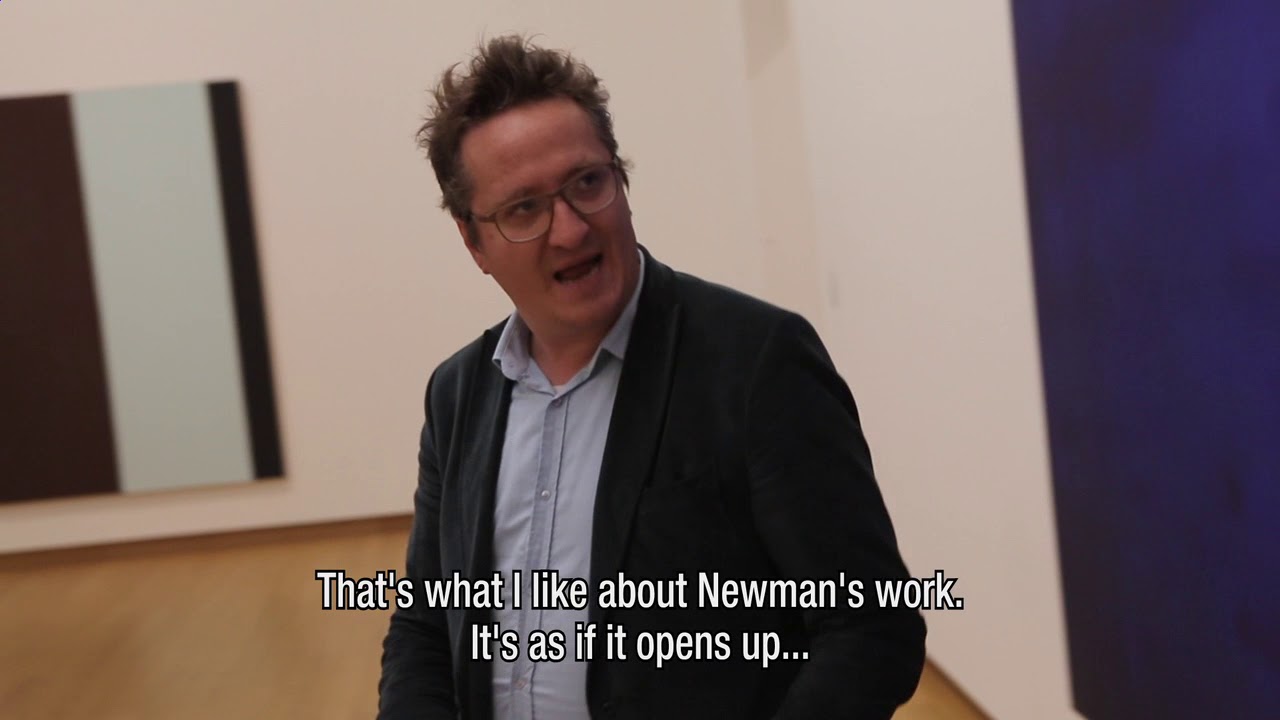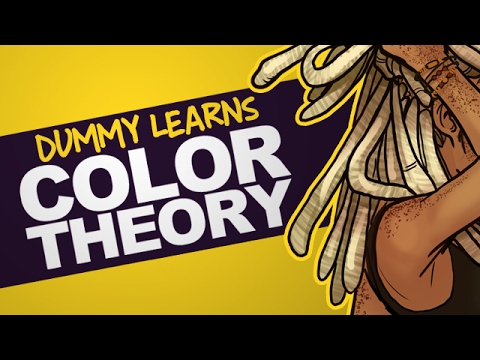ARTtube
Stedelijk Museum Amsterdam dedicates collection presentation to American painter Barnett Newman.
Barnett Newman (1905-1970) is one of the most celebrated artists of Color Field Painting, a movement that was part of American Abstract Expressionism. Occupying two galleries, the Stedelijk presents a number of works from its own collection, including the wall-size paintings Cathedra (1951), The Gate (1954), Right Here (1954), and Who’s Afraid of Red, Yellow and Blue III (1967-1968). Newman’s series of etchings, Notes, will join the presentation.
Barnett Newman, the son of Polish immigrants, was born in New York. At first, Newman painted in a surrealist style, but began painting fields of monochrome color in the 1940s. The discovery of the zip, a vertical line dissecting the color plane, signalled the birth of his unique style. Like other colorfield painters, including Mark Rothko, Newman searched for a metaphysical art, partly in response to the atrocities of World War II. Although non- representational, this art was certainly not without content. In 1943, Newman, Rothko, and Adolph Gottlieb published a manifesto advocating a universal abstract form of painting – but one which must always have a subject: “There is no such thing as a good painting about nothing.”
Newman’s Jewish background partly shaped this artistic premise; it also resonates in the titles of his paintings, some of which relate to the Bible or Jewish mysticism, as well as Greek mythology. In all cases, Newman reflects on man’s relationship with the divine. He encouraged visitors to stand close to the surface of the painting so as to undergo an overwhelming physical and emotional experience that gave them a sense of themselves and their place in the universe.
Former Stedelijk director Edy de Wilde acquired the collection’s first Barnett Newman painting, The Gate (1954), in 1967. Two years later, de Wilde purchased what is now regarded as Newman’s most famous work: Who’s Afraid of Red, Yellow and Blue III (1967-1968). After the artist’s death, the Stedelijk acquired Cathedra (1951) and was presented with Right Here as a gift from Newman’s widow, Annalee.
In the art world of his day, Newman was overshadowed by more colorful Abstract Expressionists such as Jackson Pollock and Willem de Kooning. However, influential critics wrote enthusiastically about his work, and Newman was an important inspiration for other artists such as Ellsworth Kelly and Richard Serra. Towards the end of his life, Newman’s work attained greater recognition and today he is considered one of the most important painters of the second half of the 20th century.
Barnett Newman – 24 april – 20 juli 2014
Source



